The Great American Indian Exposition & Powwow
A Grand Entry
Once a year on the outskirts of Richmond Virginia, descendants of the original people of the United States convene to meet with old friends, compete in inter-tribal dancing and spread their rich culture to the public. Although the location is in a modest exposition center at the Richmond Speedway, people of both native blood and foreign ancestry join together to partake in what is known as the Great American Indian Powwow.
This 5-day event not only brings together dancers from various tribes around the country, many artisans, musicians, and designers set up stands to sell their wares. These craftsmen sell anything from turquoise jewelry to handmade moccasins. Behind the market in the exposition hall is the main event: the arena. The arena may be nothing more than a circular patch of dirt or arranged foldable chairs, but once blessed this area becomes sacred ground which only those invited in can enter.
If you want more information on the Great American Indian Powwow and Exposition click here!
Inter-Tribal Pow Wows
The origins of the modern-day powwow are largely debated. The original “powwow” was a purely spiritual ritual used by holy men for curing purposes. When pious religious settlers from Europe arrived in “The New World”, they were quick to outlaw practices which they considered to be connected with devil worshiping and idolatry. Over the coming centuries, the settlers continued their expansion westward and imposed their law of European assimilation to Native people.
As time went on, so did the repeated aggression and backhanded deals with Native Americans. Throughout this genocide, many nations were stripped of their traditional culture, language, and land. During the peak of the American-Indian Wars, Buffalo Bill capitalized on American Indian culture and brought slews of Native people under his banner to perform Wild West shows in the continental United States and Europe, thus the origins of the modern powwow was born.
If you want to read more about the history and dances of powwows click here or here!
Buffalo Bill’s Wild West show often unfairly portrayed native people as being ferocious savages. The show also forced the actors to reenact battles where the Americans defeated American Indians night after night. What the Wild West show did do, however, was open a dialogue between the outside world and native people, allowing an opportunity for cultural exchange and mutual understanding.
Buffalo Bill’s also incorporated horseback racing, archery, and traditional dancing into his shows. The dancing and dress were derived from the Southern Plains Indians which has since been adopted by Native Americans from all tribes. Although each individual tribe has its own unique culture, language, and dance, each nation’s history of abuse and cultural assimilation is different. While some tribes are still very much in touch with their roots, others struggle to revive a culture which has been stripped of them so long ago.
Inter-tribal powwows are a contemporary dance which all tribes can partake in. The clothing, or regalia, has also changed drastically over time and now includes both bright colors and designs which are unique to the wearer. While each individual tribe has its own distinctive culture, they are all now united as one nation. There is no better time for tribes across the country to strengthen their solidarity than with a powwow.
You can read more about Buffalo Bill’s Wild West Show here!
Keeping It In The Family
Hunter Burridge hails from the Coushatta Tribe in Louisiana. Hunter, his wife Erica from the Lakota Nation, and two children now live in Pennsylvania and attend powwows across the country. Hunter is a Mens Fancy dancer who competes in competitions and powwows around the US. Fancy is a style of dance created in the 1920s and 30s after white supremacist groups outlawed anything that would be linked to traditional Native American religion. The Ponca Tribe in Oklahoma created this dance in order to preserve their culture and religion as well as to find a form of traditional dance which would be considered appropriate for visitors. Since then it has spread to all nations throughout the United States and has even spurred the creation of the Women’s Fancy Dance as well, which Hunter’s wife and daughter participate.
You can read more about Fancy Dance here!
Being Raised In The Culture
Many of the participants in the Great American Indian Powwow are members of the nearby Haliwa-Saponi Tribe in Hollister, North Carolina. This small unincorporated town in Halifax country is home to over 600 people, many of which have ties to the Haliwa people. All over the United States, especially the East Coast, Native American tribes have often intermarried with outsiders thus creating a thin bloodline to their roots. While some people stumble across their Native American heritage by chance, Hollister is an inclusive community which exposes all children to their culture and traditions.
The children pictured above can all speak some basic Haliwa-Saponi words and phrases. It was their grandmother who inspired them to stay in touch with their culture by speaking with them in their native tongue and, of course, bringing them to pow wows. One of the children attends a charter school in Hollister which caters to native children and teaches classes focused on Haliwa-Saponi culture and language.
You can read more about the Haliwa-Saponi here!
The Professionals
At any powwow, you are sure to find lots of laughter and hugs of old friends being reunited. Lonny and Verna have their own love story which all blossomed from a powwow. Lonny of the Meskwaki Tribe and Verna who is Haliwa-Saponi met at a party after one of their dances. Since then they have founded the Raven Street Dance Studio and competed in powwows across the country. During the Great American Indian Exposition, they both acted as judges are well as participants. Many of the children are also Verna’s students who she teaches traditional dance to in Hollister.
You can see more about the Raven Street Dance Studio here!
Starting From A Young Age
Nearly half of the events during the Great American Indian Powwow in Richmond were geared to children as small as two years old. While the toddlers were lead around the circle by their care-takers, older children leaped from one side of the area to the other. Many of these kids are actually the children of professional dancers who are deeply involved with powwows or the students of teachers such as Verna Street. Dancers as young as 7 can be seen wowing the audience with their impressive routines and choreography.
A common question asked to the parents of native children is how do they accept their culture and going to powwows? All of the parents replied in confidence that their children have all embraced their roots and are active in their community. While there may be a few times they might falter, in their heart the Native American children are all deeply connected with their ancestry.
You can find powwows in your community here!
The Culture Lives On
This 5-day event attracted not only people with native heritage but also school groups and tourists from near and far. The powwow is an important event to engage with the original and rightful owners of this country. The United State’s public education system has a tendency to sweep many of the darkest chapters of American history under the rug. A powwow is an excellent opportunity to educate oneself and witness a culture which has resisted and flourished under one of the most oppressive governments in the world.
It is every American’s duty to acknowledge and support preserving Native American traditions and culture. Other than Native Americans themselves, powwows only attract a small community of supporters. This niche of people is not enough to make known that true American culture is, in fact, that of the first nations. In every state, you will find that American Indians are living right under your nose. Feel the heartbeat of the tribes shake every bone in your body while standing at the edge of the spirit circle, witnessing the perseverance of a majestic culture.
You can read more about Native Americans in the Carolinas here!

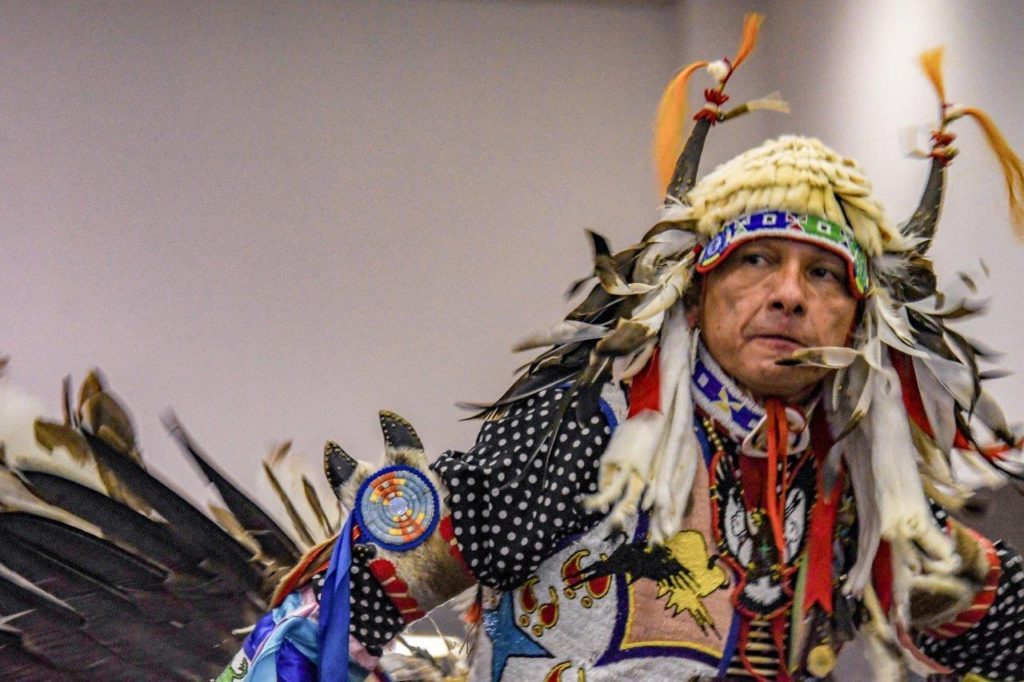
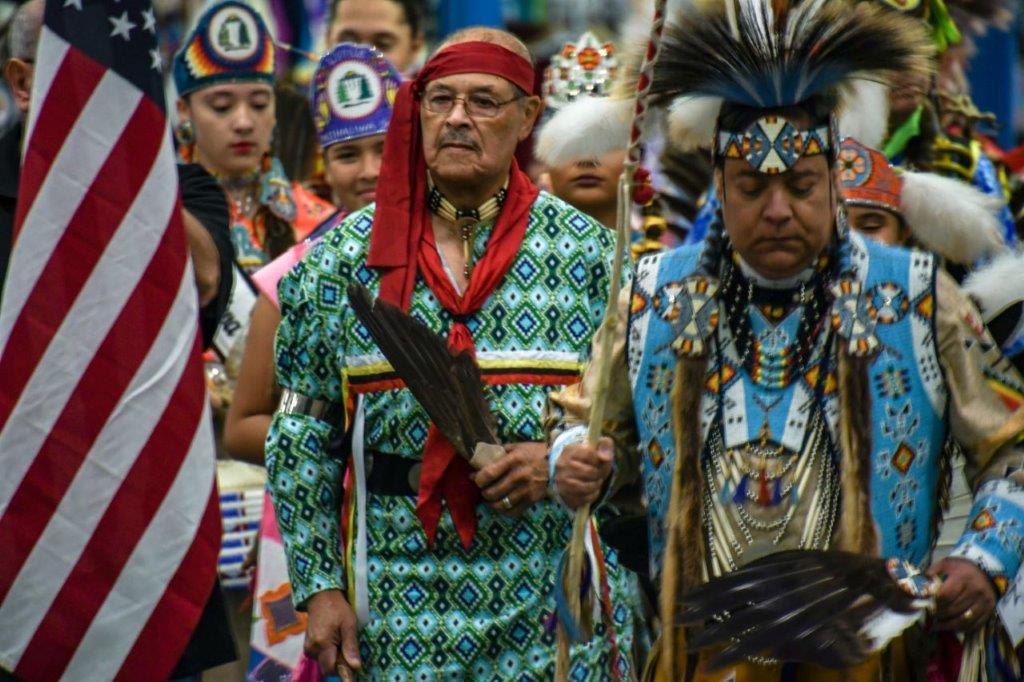
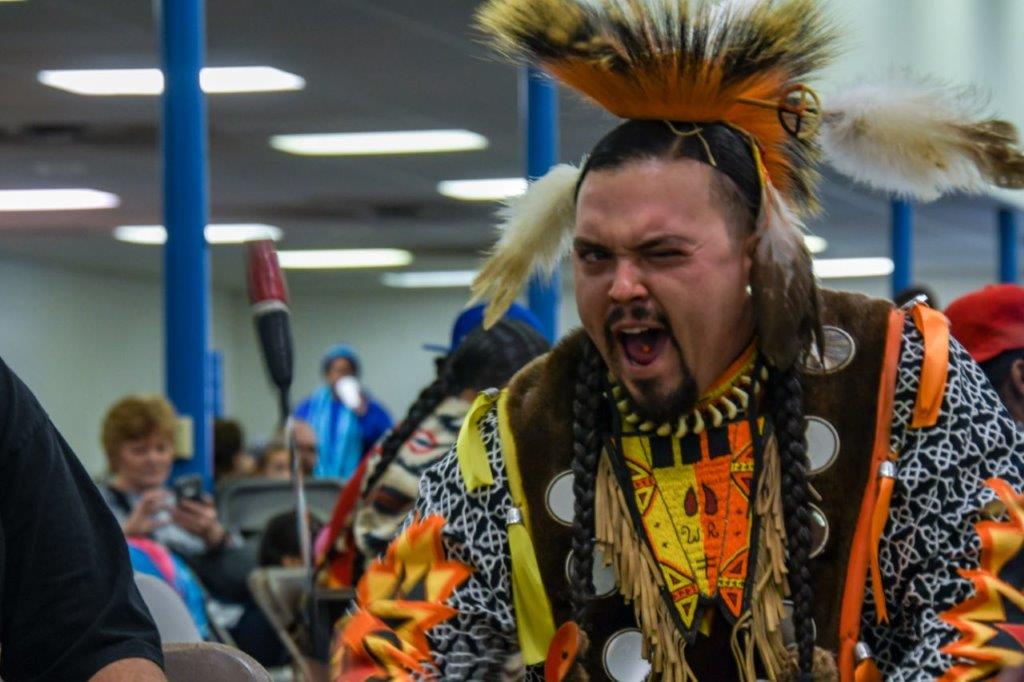
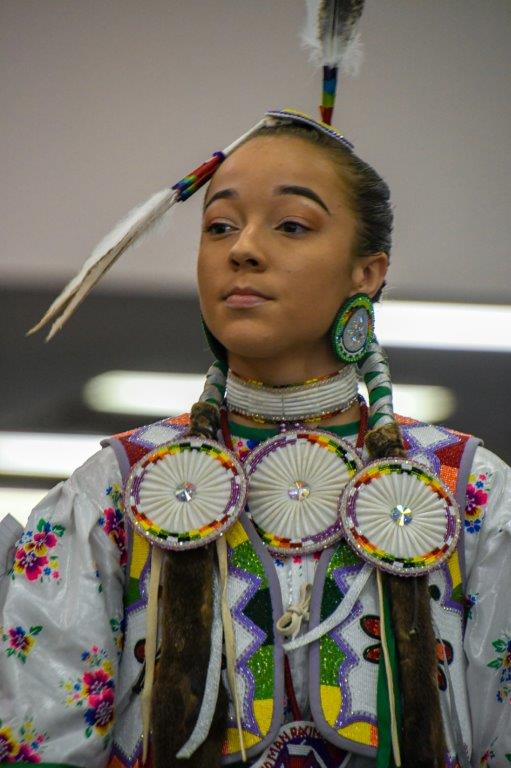
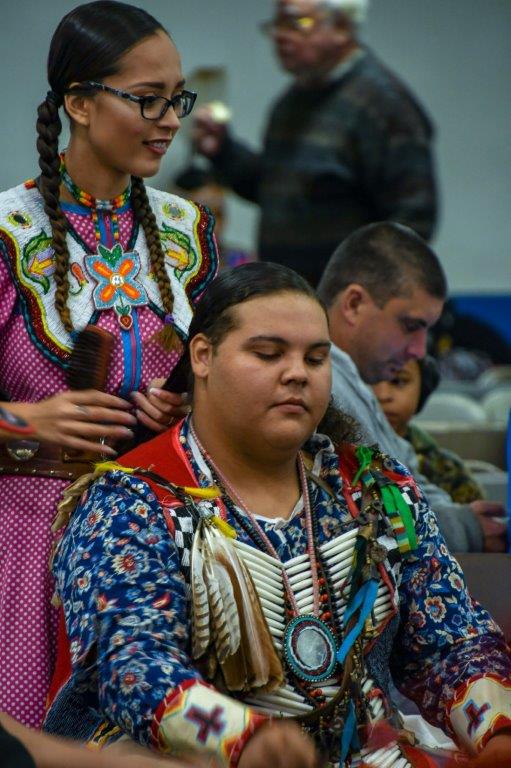
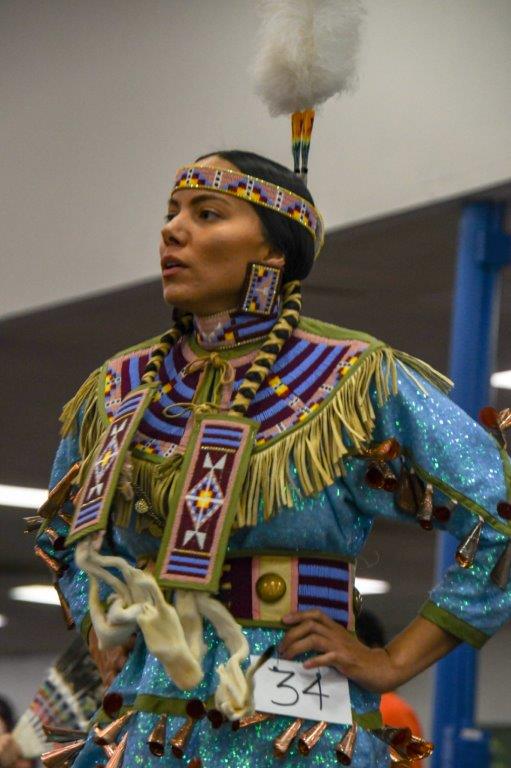
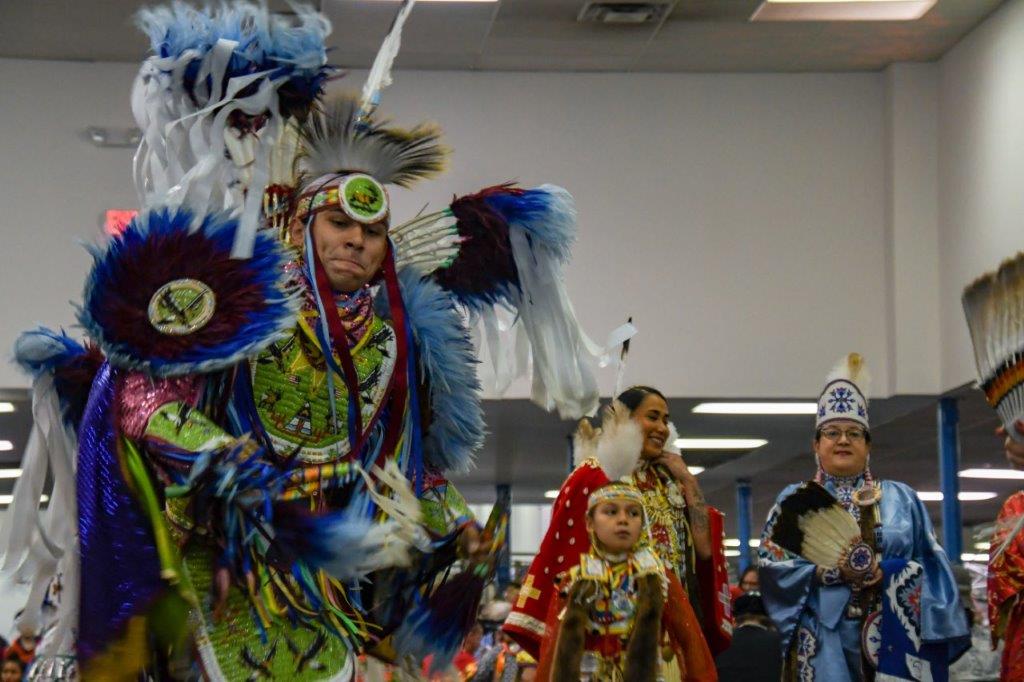
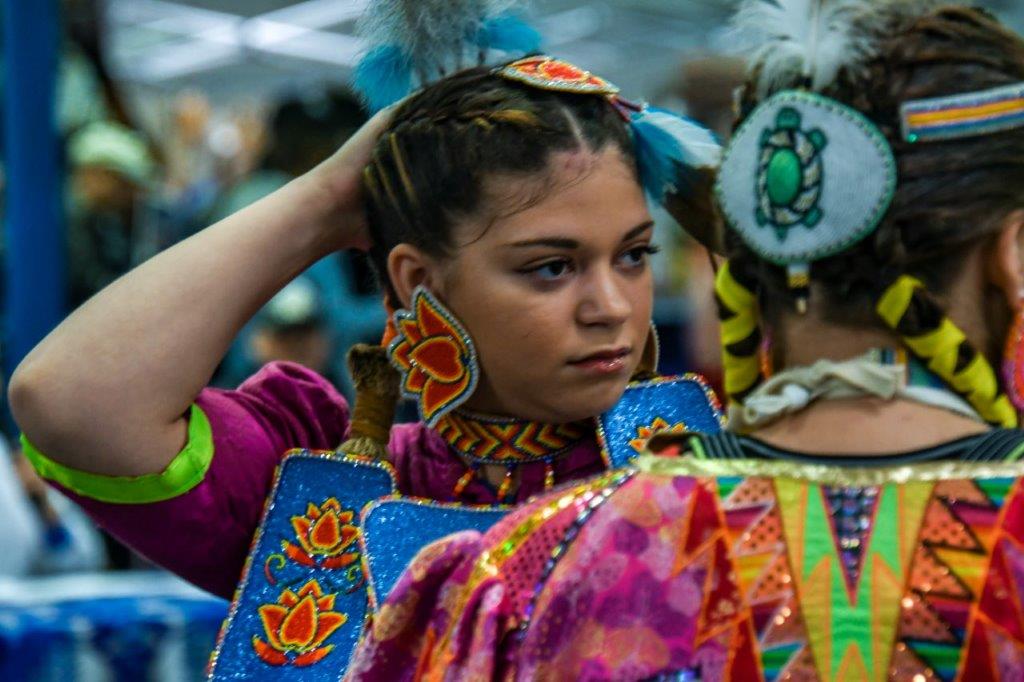
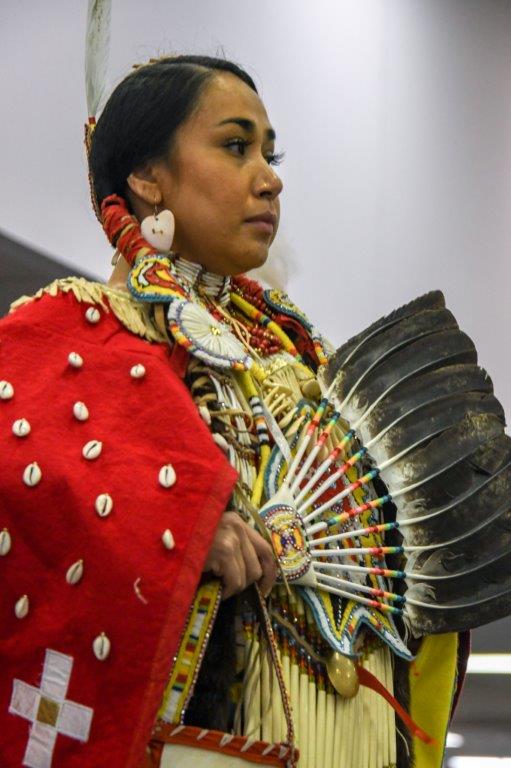
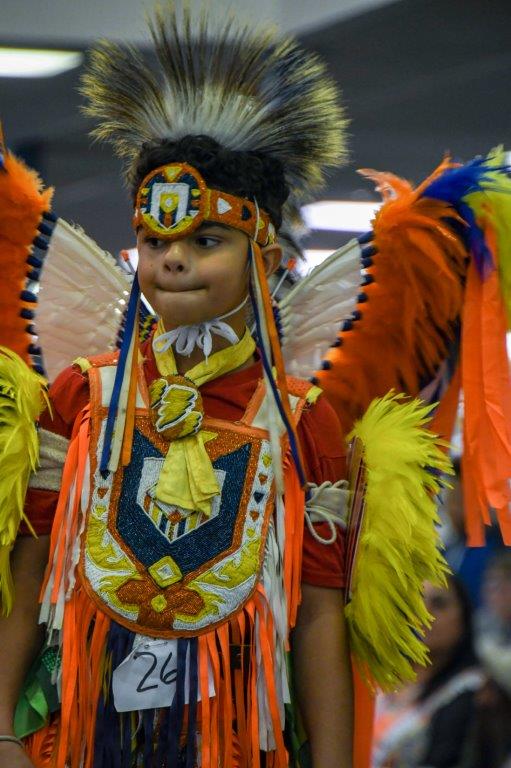
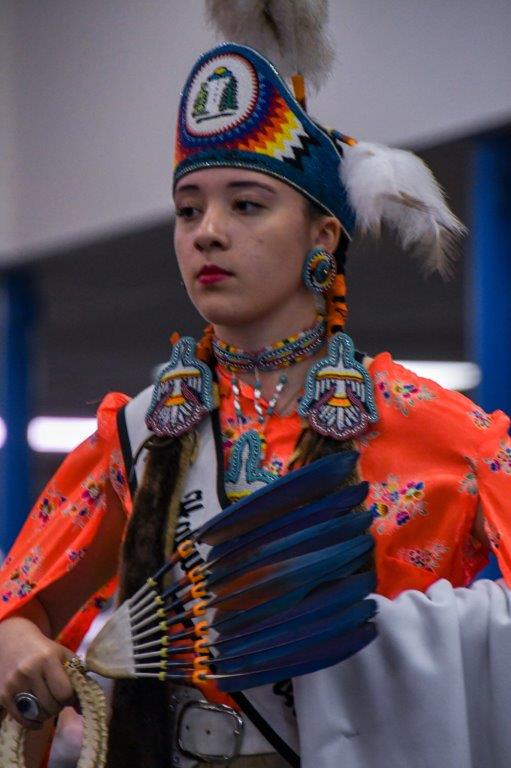
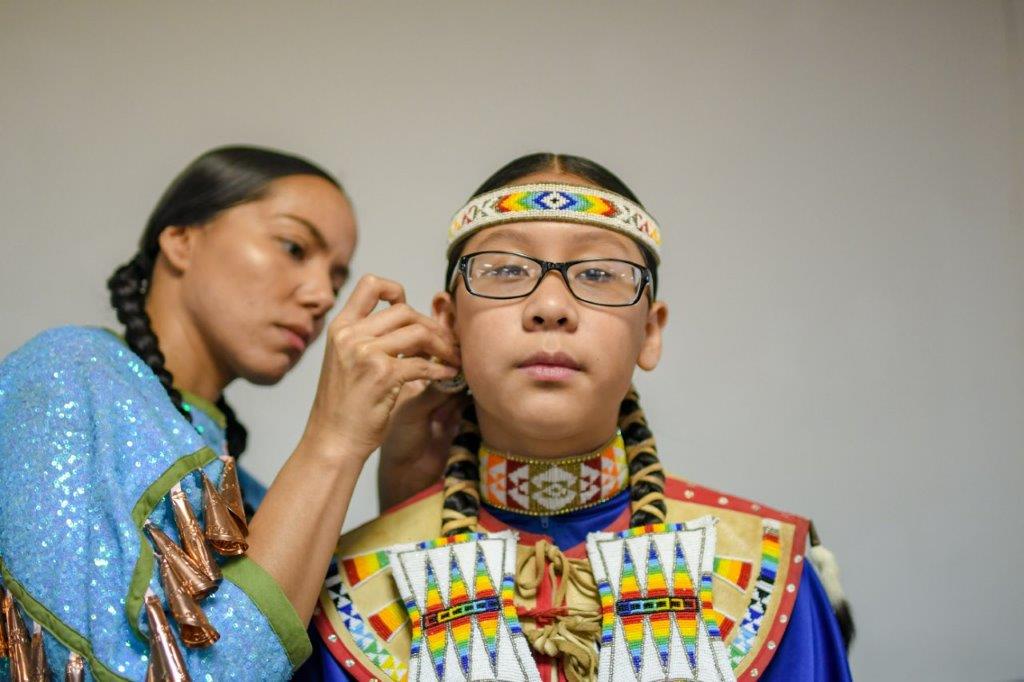
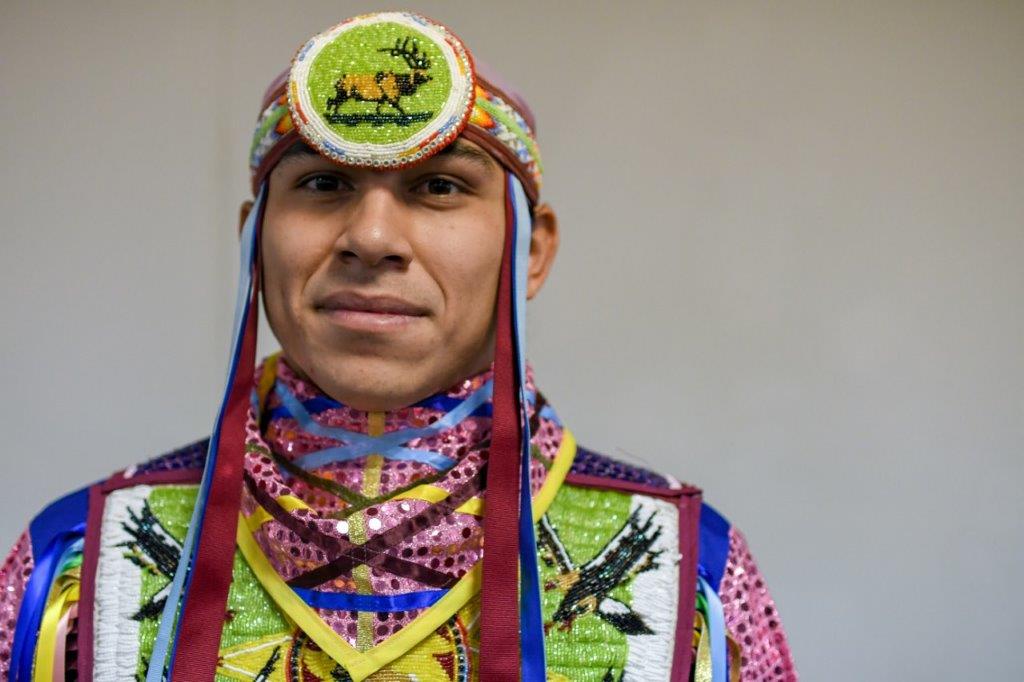
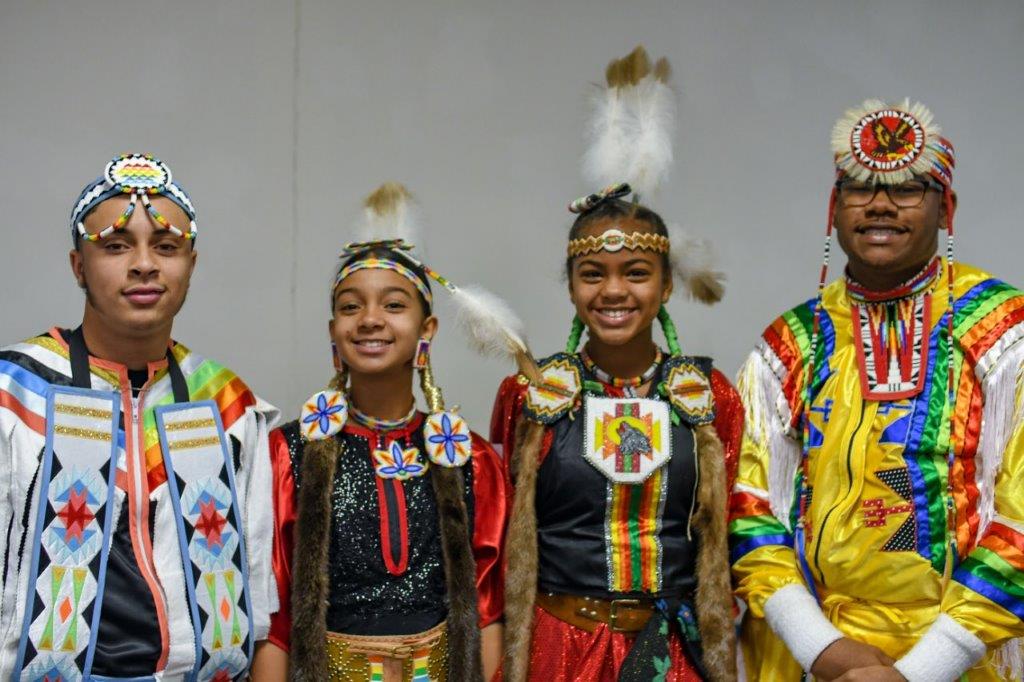
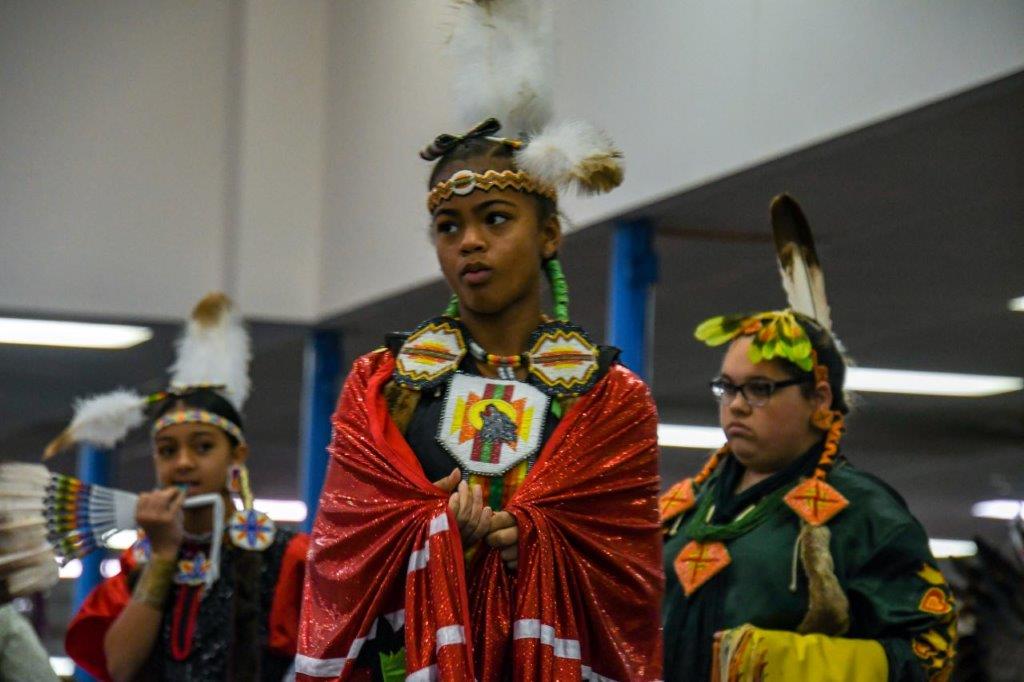
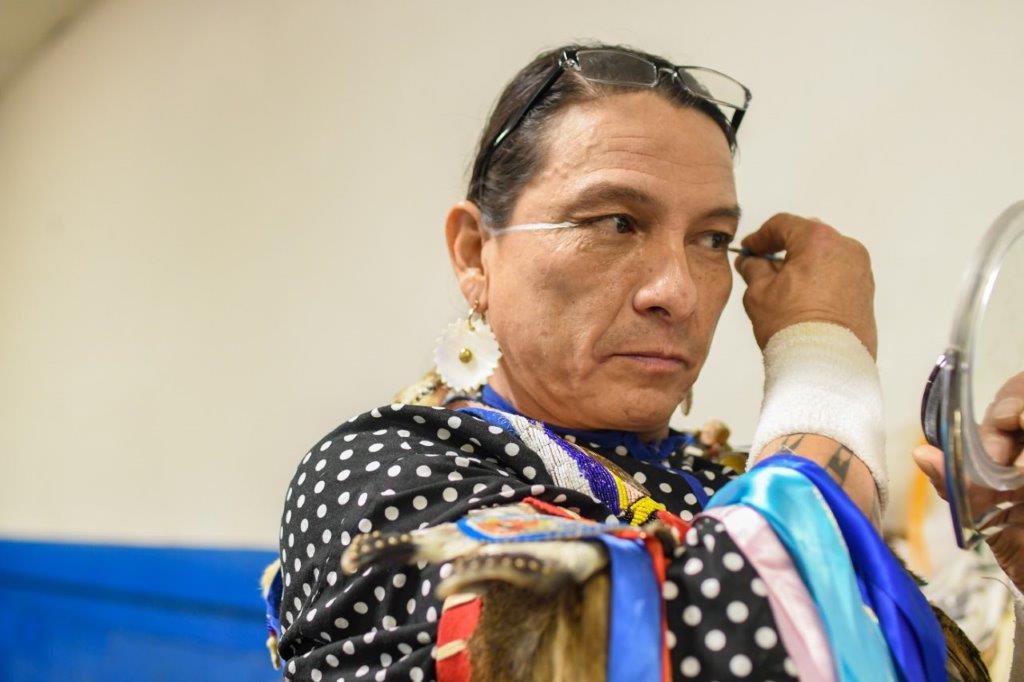
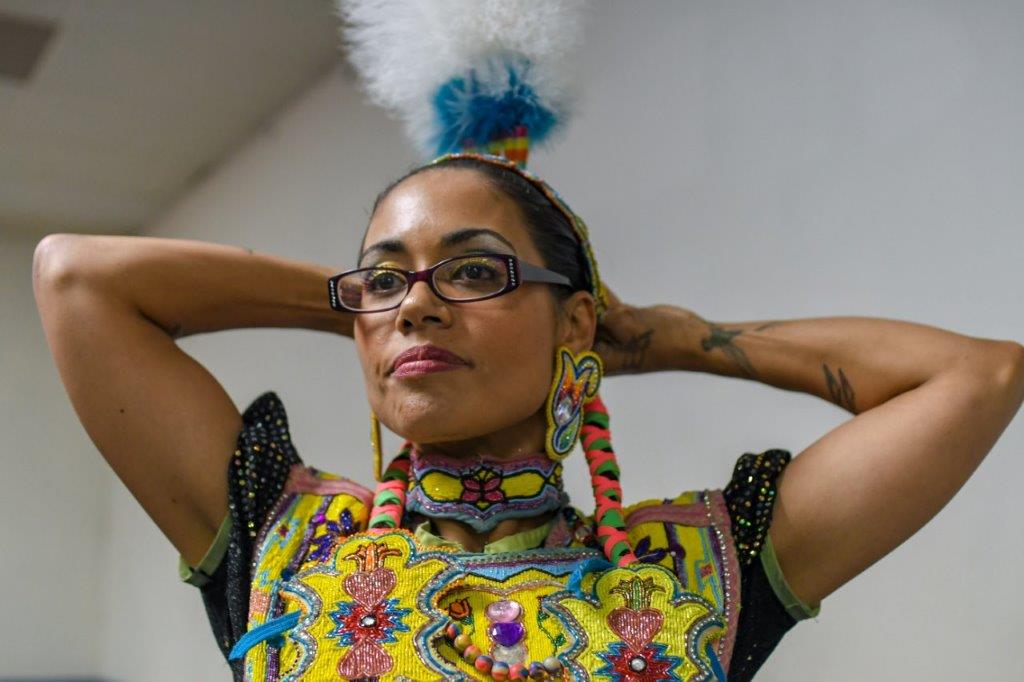
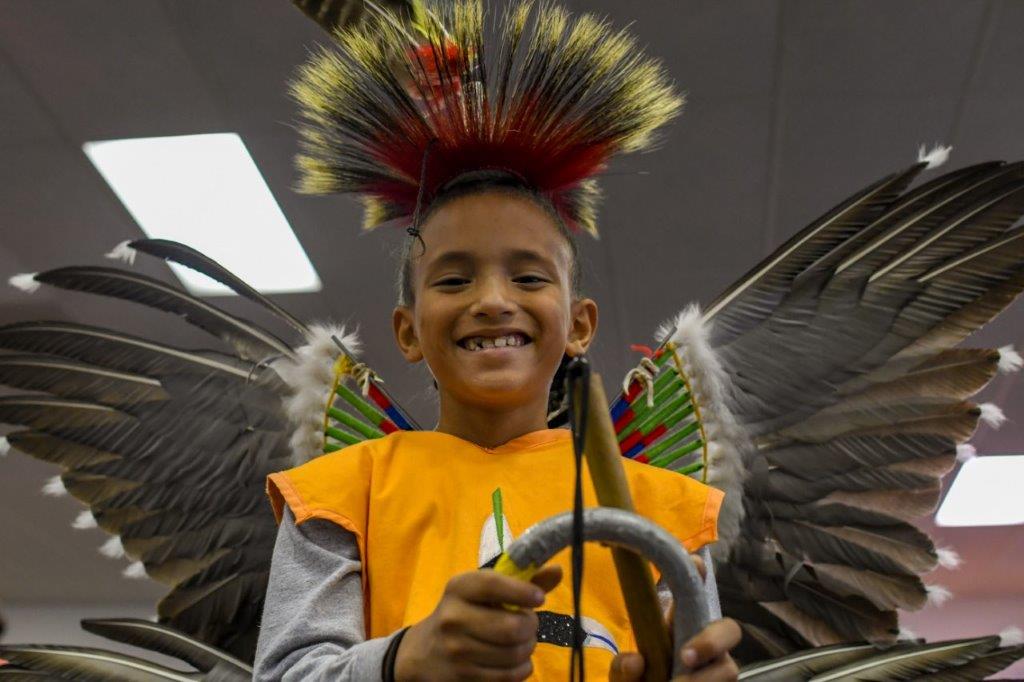
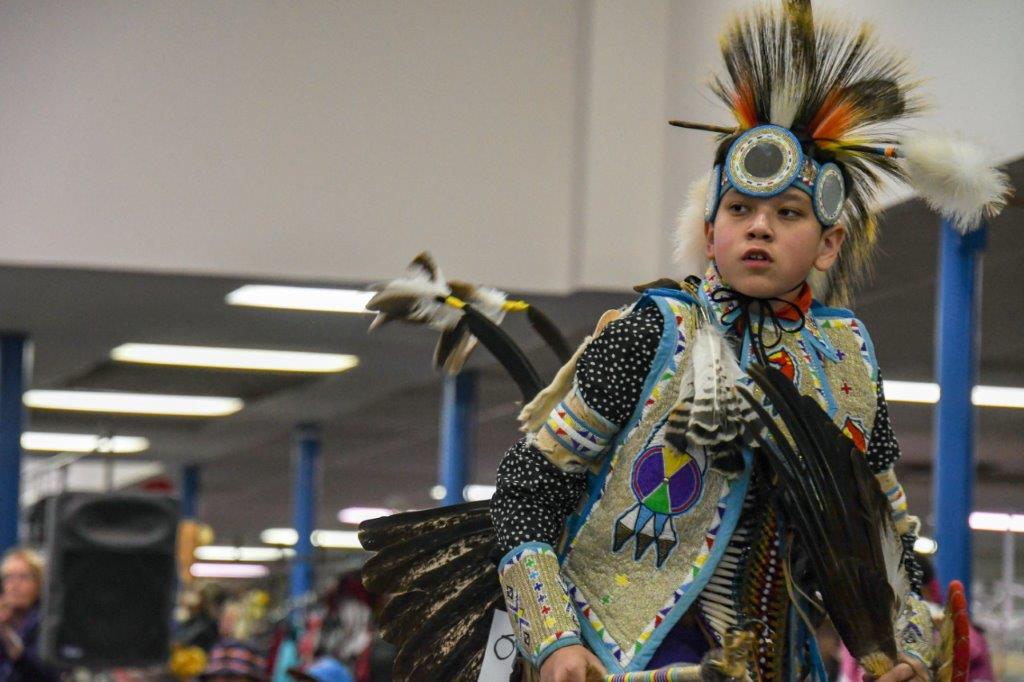
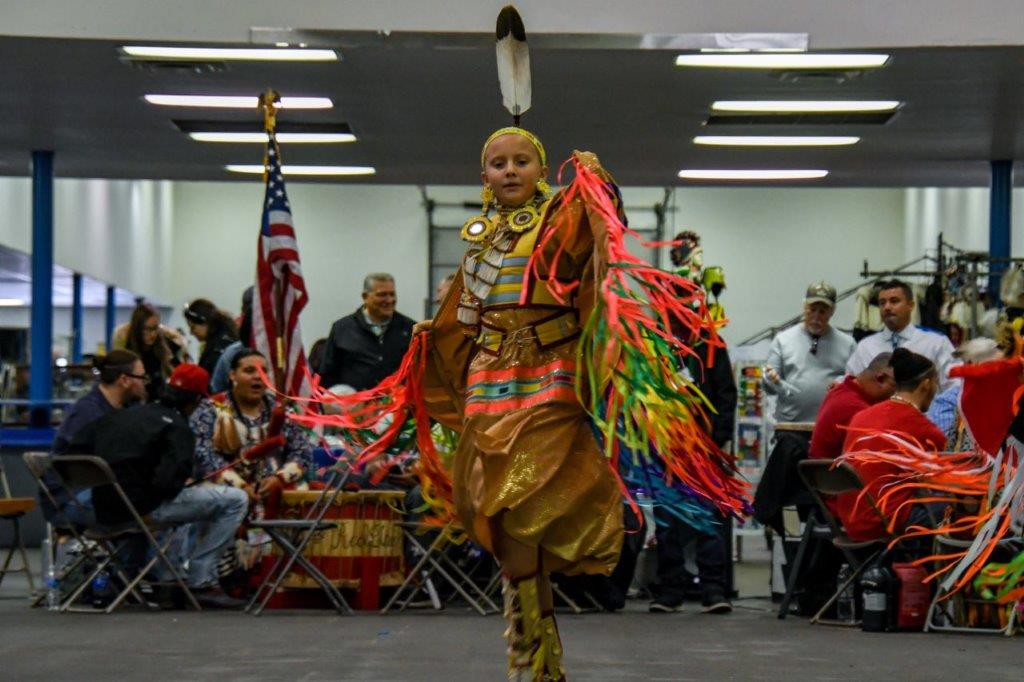
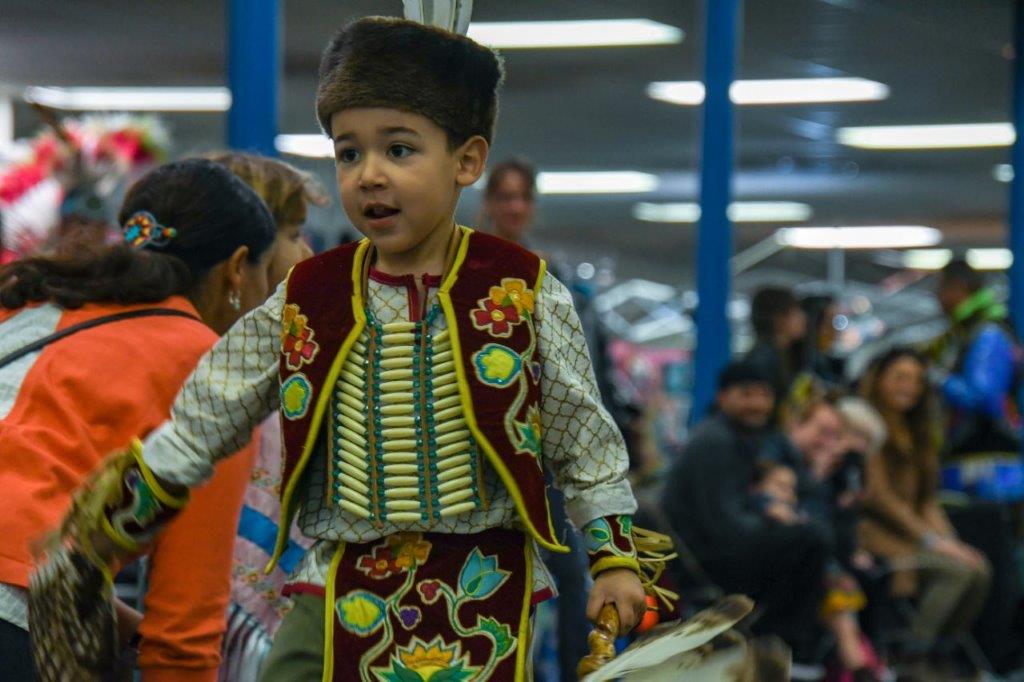
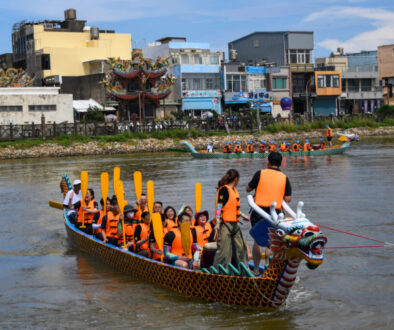
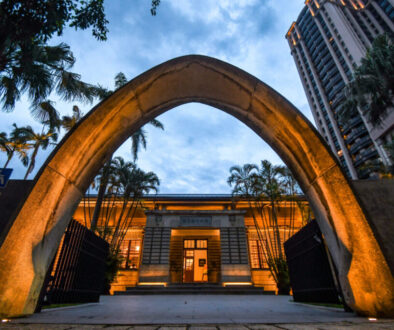
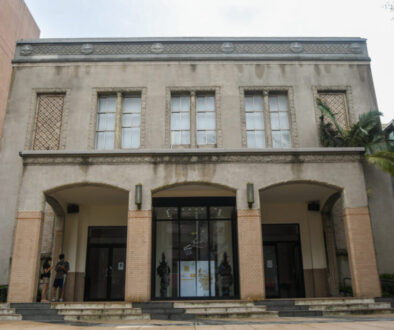


American Indian Heritage Celebration - ORPHANED NATION
November 26, 2018 @ 6:35 am
[…] You can read the Great American Indian Exposition and Powwow here! […]